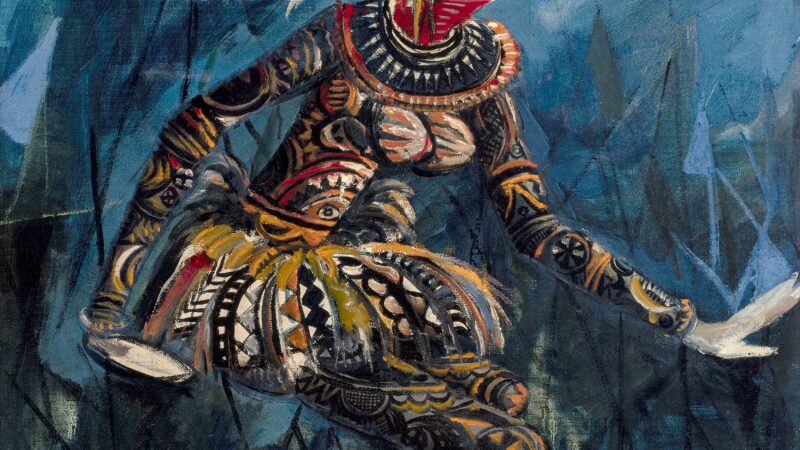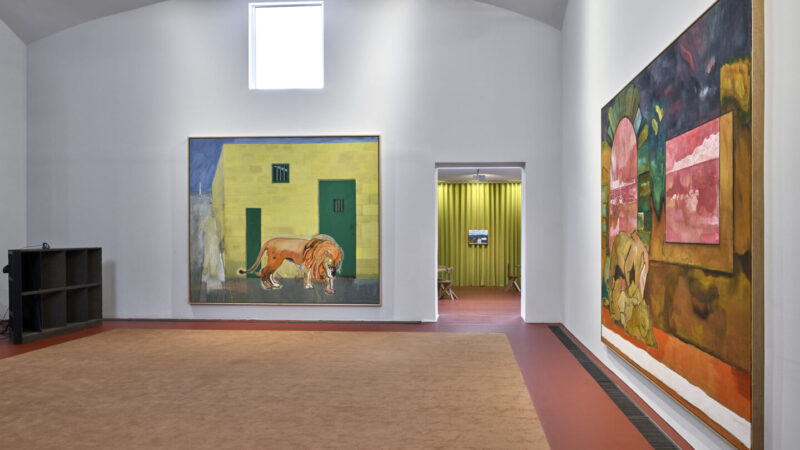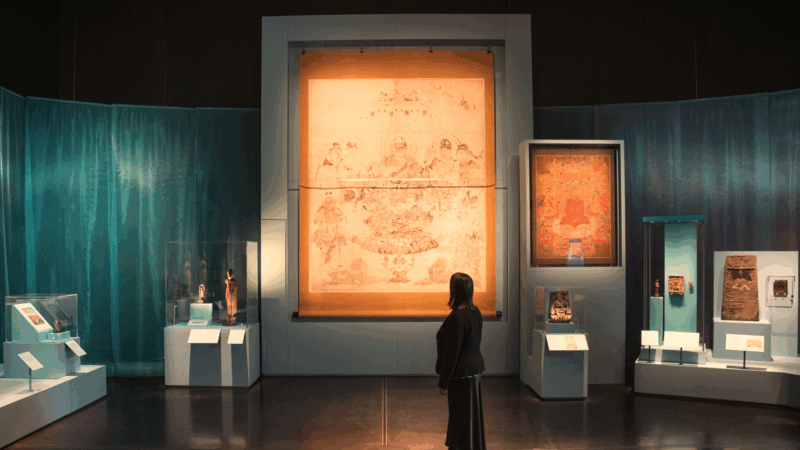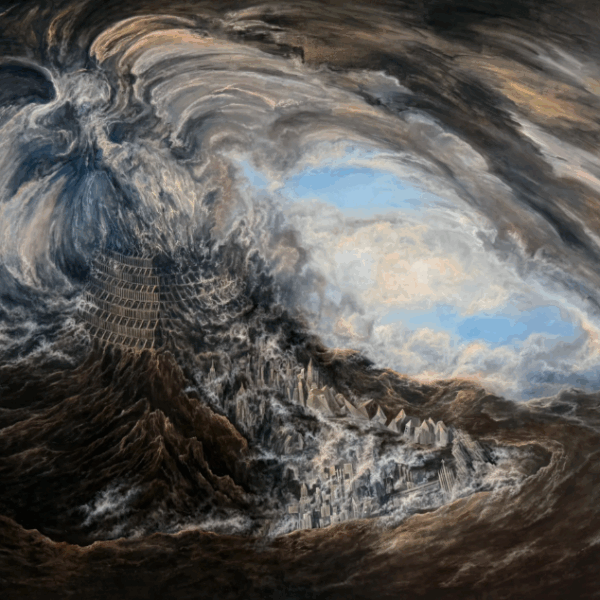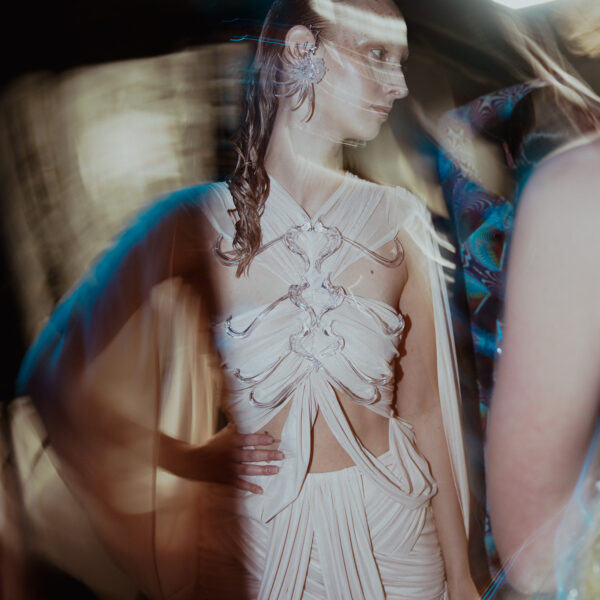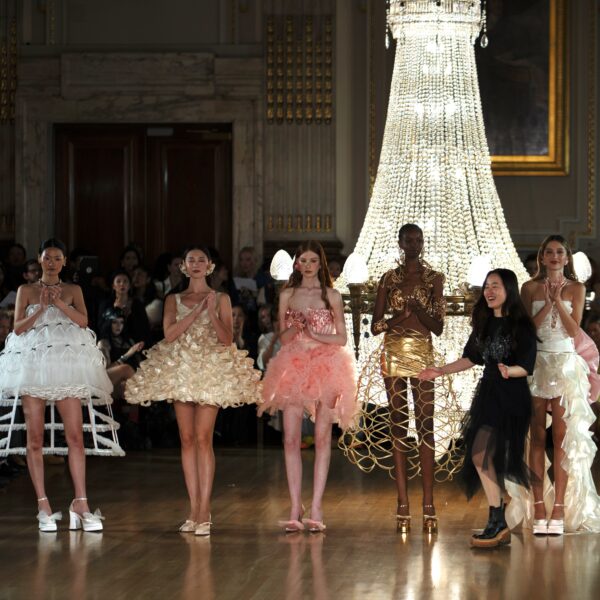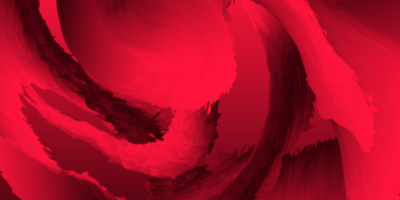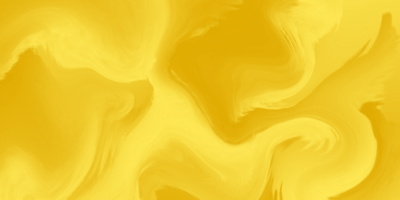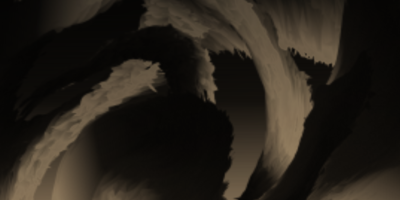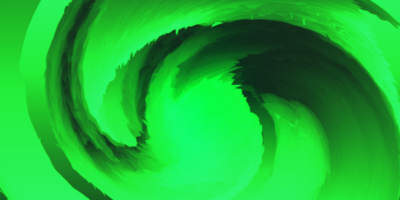Tate Britain’s sprawling new retrospective of Lee Miller arrives with the weight and confidence of an institution finally giving one of the twentieth century’s most inventive photographers the scale she deserves. With more than two hundred prints, piles of previously unseen archive material and enough ephemera to satisfy even the most obsessive completist, the exhibition presents not only the familiar legend of Miller but the restless artist who refused to settle in any role for long.
Walking through the show feels like tracing a life lived at full tilt. Miller’s early years as a model in New York shimmer through crisp portraits by Cecil Beaton and Edward Steichen, hinting at the sharp visual intelligence that would soon pull her behind the camera. When she moved to Paris in 1929 her career detonated creatively. Her collaboration with Man Ray, her experiments in the darkroom and her brief but unforgettable appearance in Cocteau’s Le Sang d’un poète are all here, forming a portrait of an artist who did not simply join the avant garde but reshaped it. A newly uncovered print of Sirène offers an intimate look at the solarisation technique she and Man Ray developed, its shimmering outline a reminder of how daringly they pushed photographic form.

Lee Miller, David E. Scherman dressed for war, London 1942. Lee Miller Archives. © Lee Miller Archives, England 2025. All rights reserved. leemiller.co.uk
The galleries devoted to her Paris street photography make a strong case for Miller as a surrealist in her own right rather than merely a participant in someone else’s myth. Ordinary pavements, dripping tar, mirrored shop fronts and half-glimpsed figures become uncanny scenes thanks to her cropping and skewed perspectives. When Miller returned to New York in the early 1930s to establish her own studio, her confidence is palpable: the show positions her among a generation of pioneers reshaping modern photography for galleries and magazines alike.
Her move to Cairo in 1934 gives the exhibition some of its most transporting moments. Portrait of Space retains its magnetism, but it is the lesser-known works that surprise: landscapes from the Egyptian desert, street scenes from Cairo and travel images from rural Syria and Romania. Many have never been shown before and together they reveal a photographer who used travel not as a backdrop but as a method of inquiry. Her circle of friends expanded along with her ambitions, and charming portraits of figures such as Charlie Chaplin and Leonora Carrington capture the humour and artistic camaraderie that threaded through her life.

Lee Miller, Model Elizabeth Cowell wearing Digby Morton suit, London 1941. Lee Miller Archives
Then comes the rupture of 1939. Miller, now in London as war breaks out, turns her lens on the city with an ingenuity that cuts through decades of distance. Her fashion photographs for British Vogue sit unexpectedly but powerfully beside scenes of shattered streets and gas mask drills. Images like You will not lunch in Charlotte Street today capture the absurd comedy of wartime improvisation alongside its grief.
Her later assignment as a war correspondent marks the exhibition’s most sobering chapter. Her photographs from Europe’s front lines, presented with extracts from her own dispatches, form a record of war that feels both intimate and unflinching. It is difficult not to pause at the photographs taken in Hitler’s private bathroom, a defiant and unsettling act staged only hours after witnessing Dachau. These pictures, still shocking in their composure, crystallise Miller’s ability to place herself inside the story without diminishing its weight.
The final rooms follow Miller through the post-war years, capturing her friendships with artists across Europe and the United States. A quiet highlight is a self-portrait from 1950 taken in Oskar Kokoschka’s studio. Miller balances on a ladder, peering into her own camera between two mirrors, artworks rising around her. It is a poised, slightly mischievous image and a reminder that Miller always mediated her world through reflection, framing and reinvention.
Tate Britain’s retrospective makes clear that Lee Miller cannot be confined to a single identity. Model, muse, innovator, correspondent, friend, provocateur: each slide, each print and each scrap of archive evidence insists on her multiplicity. What emerges is not simply a history of a great photographer but the portrait of a woman who moved through the twentieth century with an eye that saw possibility everywhere.
Header: Lee Miller, Portrait of Space, Al Bulwayeb near Siwa 1937. Lee Miller Archives. © Lee Miller Archives, England 2025. All rights reserved. leemiller.co.uk


